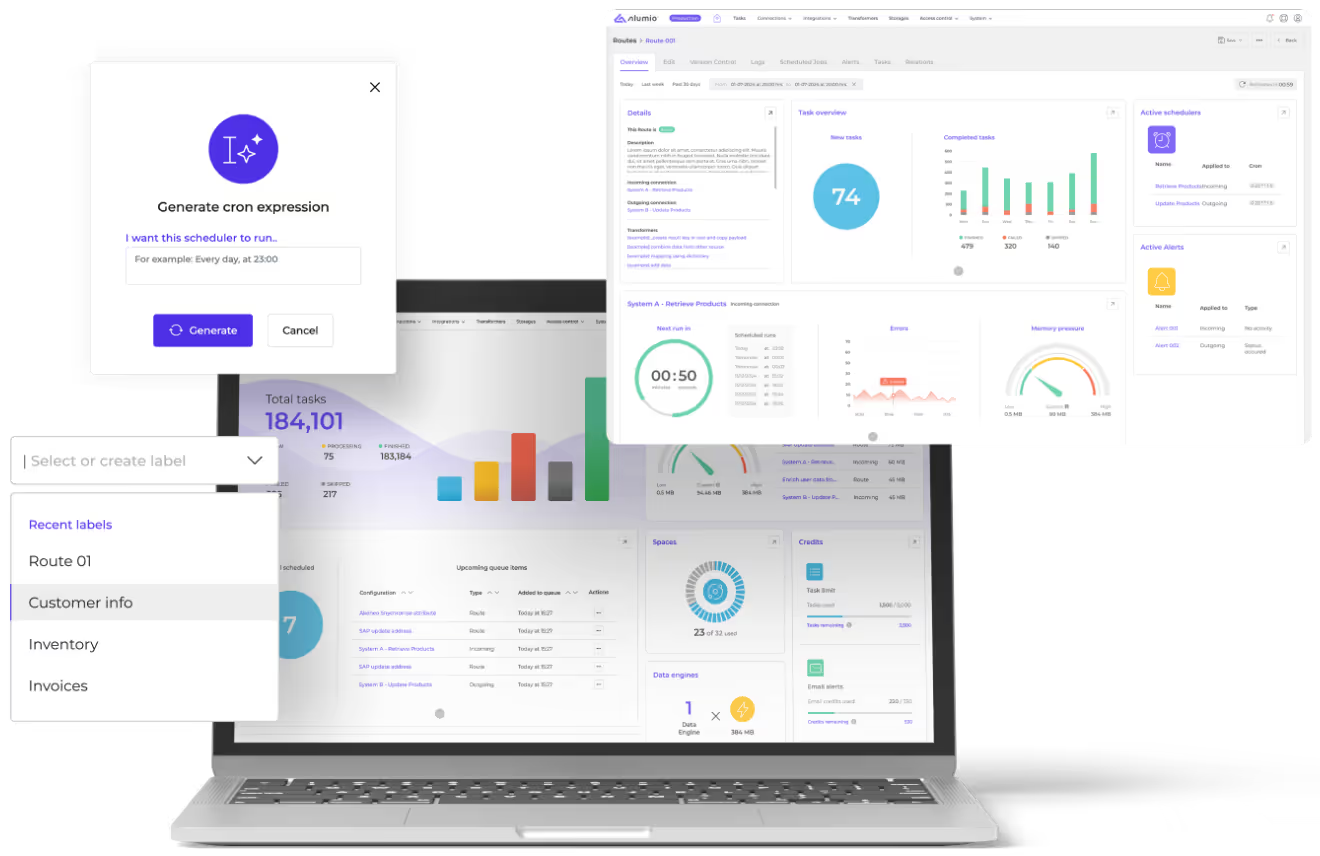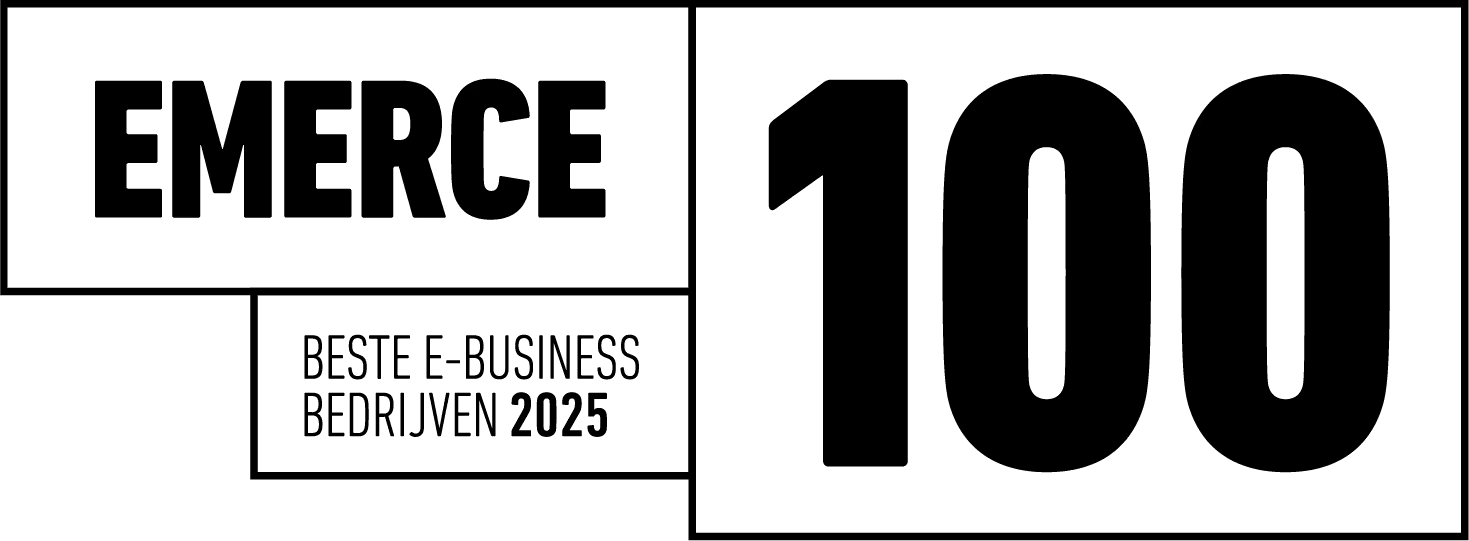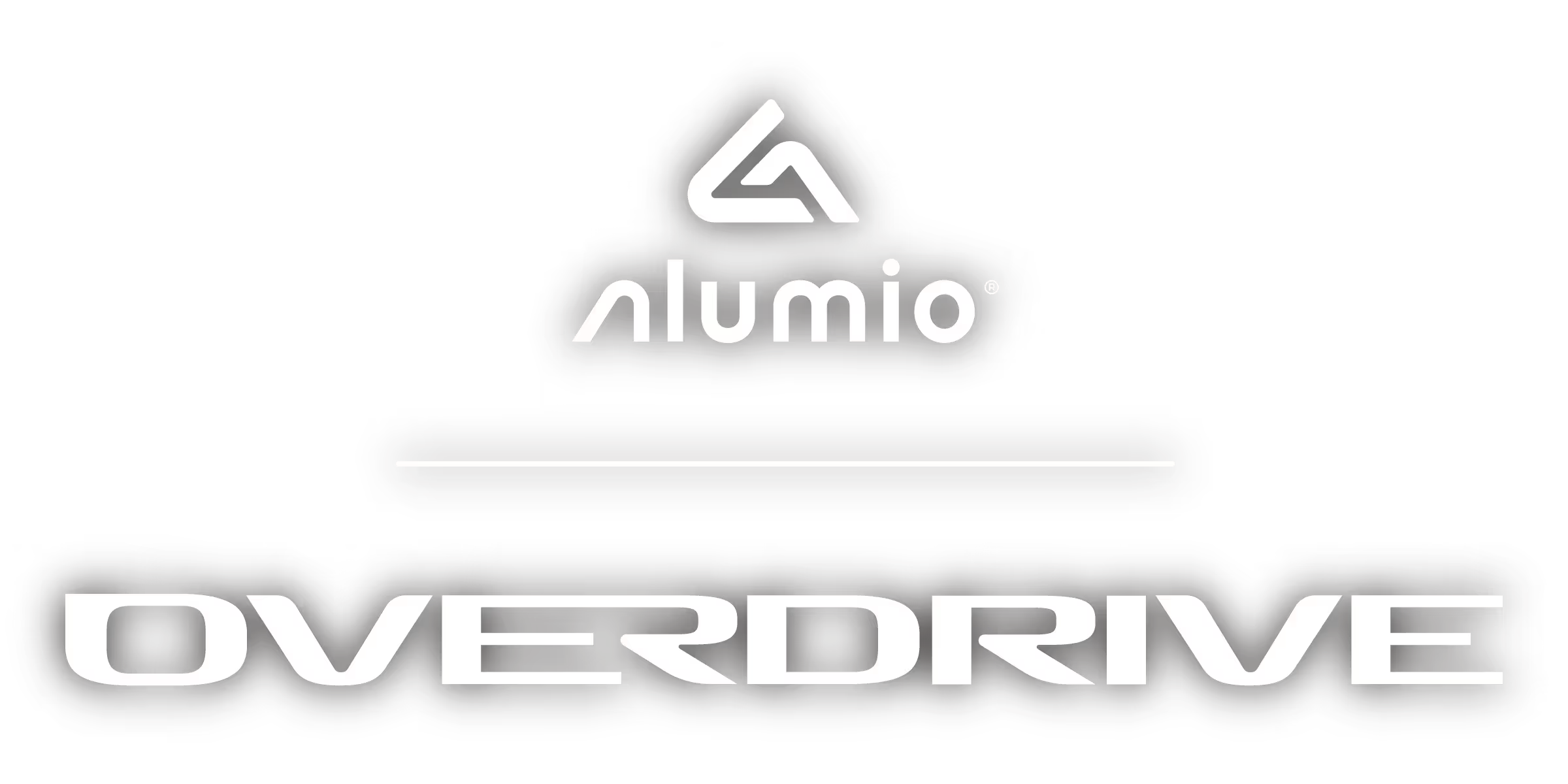Why SAP integrations are notoriously complex
Whether you're running ECC or have migrated to S/4HANA, SAP integrations are hard for a reason. The platform was designed for internal cohesion, not external openness. Here’s where the friction lies:
- Rigid data structures: SAP’s highly structured (and often proprietary) data formats don’t play nicely with modern APIs.
- Legacy architecture: SAP ECC, in particular, lacks native support for modern integration standards like REST or GraphQL.
- Custom code dependencies: Many companies rely on ABAP-coded integrations that are difficult to update, scale, or document.
- Fragile point-to-point connections: Changes in one system often break the entire integration chain.
- High cost of ownership (TCO): SAP consultants and integration specialists don’t come cheap, and custom middleware only adds to the bill.
While S/4HANA introduces powerful OData and REST APIs, the challenges shift from connectivity to orchestration, data mapping, and long-term scalability.
What is an iPaaS and why does SAP need one?
An iPaaS (Integration Platform as a Service) is a cloud-based solution that connects your applications, systems, and data sources. But for SAP users, it does much more than just move data from point A to B.
An iPaaS solves SAP integration pain points by:
- Standardizing APIs: It speaks the language of both legacy systems and modern platforms.
- Enabling no-code transformations: Map, clean, and reshape SAP data without touching code.
- Centralizing control: Get a single dashboard for monitoring, logging, and troubleshooting all integrations.
- Future-proofing integrations: Build reusable workflows that adapt as your stack evolves.
Learn more about what an iPaaS is →
What to look for in the best iPaaS for SAP
Here’s your checklist when evaluating iPaaS platforms for SAP ECC or S/4HANA integration:
- Native support for SAP ECC and S/4HANA
- Prebuilt connectors (such as IDocs, BAPIs, OData, SOAP/REST APIs)
- Advanced data transformation and mapping features
- Support for real-time and asynchronous sync
- Centralized monitoring, alerting, and logging
- Scalable architecture that handles multiple endpoints
- Enterprise-grade security and compliance (GDPR, ISO, SOC2, etc.)
- Ability to support cloud, hybrid, or on-premises deployment
Why Alumio is built for seamless SAP integrations
Alumio checks every box; and then some. As a leading iPaaS designed for enterprise use, Alumio simplifies SAP integrations by offering out-of-the-box compatibility with both ECC and S/4HANA. It replaces fragile point-to-point connections with reusable, modular flows without the need for custom middleware.
Key advantages of Alumio’s SAP iPaaS:
- Native SAP connectors: Built-in support for BAPIs, IDocs, and the powerful SAP S/4HANA API plugin
- Low-code interface: Enable business and IT teams to build integrations collaboratively
- Real-time data sync: Power event-based automations for orders, inventory, or customer updates
- Plug-and-play extensibility: Quickly add new endpoints like Shopify, Salesforce, or Akeneo
- Full visibility: Centralized monitoring, logging, and smart error-handling
- Enterprise security: Alumio meets global standards for data privacy and security
Explore Alumio’s SAP S/4HANA Plugin →
SAP integration use cases powered by Alumio
Here’s how businesses use Alumio to bridge SAP with their digital ecosystem:
E-commerce integration
One of the most common scenarios is e-commerce integration, where companies use Alumio to connect SAP to platforms like Shopify, Adobe Commerce, or BigCommerce. This allows them to automate order processing, synchronize inventory in real time, and ensure pricing consistency across all digital storefronts.
CRM sync
Customer relationship management (CRM) is another vital area. By syncing SAP with tools such as Salesforce, HubSpot, or Microsoft Dynamics 365, organizations can maintain consistent customer records across departments, enabling more effective marketing automation, personalized sales outreach, and streamlined customer service.
PIM & DAM workflows
When it comes to product content, Alumio supports integrations with leading PIM and DAM platforms like Akeneo, Pimcore, and Bynder. This allows teams to enrich product data within SAP and distribute it across channels without manual effort, ensuring consistency and speeding up time to market.
EDI & logistics automation
On the operational side, Alumio is also used to automate logistics processes through EDI integrations and by connecting SAP to third-party logistics providers. This helps businesses digitize order fulfillment, shipping updates, and invoice flows, reducing overhead and errors.
Master data governance
Finally, for organizations focused on data integrity, Alumio enables strong master data governance by keeping product, customer, and supplier data synchronized across all connected systems. This creates a single source of truth and ensures accuracy across the entire tech stack; from back office to front end.
Why companies are replacing point-to-point SAP integrations with iPaaS
As digital transformation accelerates, maintaining hardcoded integrations is no longer sustainable. Businesses are shifting to iPaaS for three key reasons:
- Agility: Quickly connect new systems or marketplaces without starting from scratch
- Cost savings: Eliminate the need to maintain dozens of brittle, custom-built APIs
- Scalability: Reuse and adapt integration flows as your landscape grows
Additionally, Migrating from SAP ECC to S/4HANA is a major shift for many enterprises, driven by SAP's planned end of mainstream support for ECC in 2027. The move promises modern architecture, real-time analytics, and improved usability; but it also introduces complexity, especially when maintaining business continuity during the transition.
Alumio supports phased migrations by bridging ECC and S/4HANA environments, allowing data to flow seamlessly between old and new systems. This enables organizations to modernize at their own pace while keeping integrations intact, ensuring that operations remain uninterrupted throughout the migration journey.
Conclusion: Future-proof your SAP integrations
Integrating SAP doesn’t have to be rigid, expensive, or slow. With the right iPaaS, your team can turn SAP into a connected, flexible, and future-ready system. Alumio is the best iPaaS for SAP ECC and S/4HANA, offering reliable connectors, real-time sync, and a powerful API plugin to simplify even the most complex integration scenarios. Explore our SAP plugin or book a demo with our team and let’s make SAP work for your entire business.
























